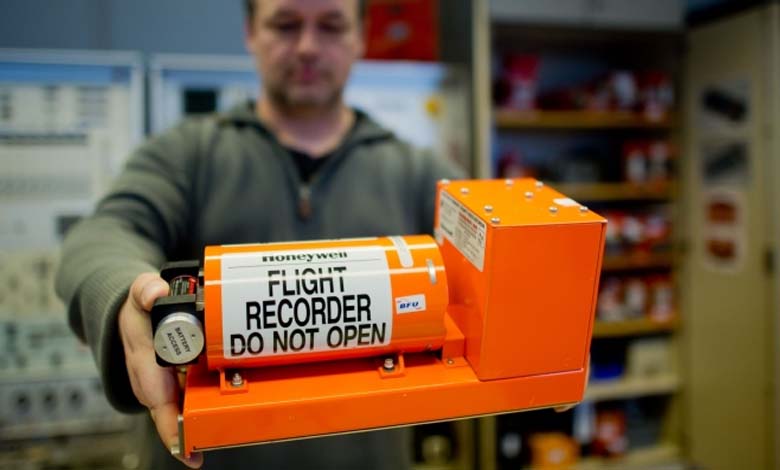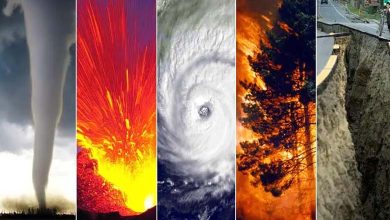Learn more: what do airplane black boxes record?

In every modern airplane, there are two very important devices called black boxes. These boxes are not actually black. They are usually bright orange so they can be found easily after an accident. They are built to survive strong impacts, extreme heat, and high pressure. Their main job is to keep important information about what happened before an airplane accident.
-
Small Plane Crashes in Pennsylvania, USA
-
“Delta” and “Airbus”: Flying Planes Together Like Geese Reduces Emissions
There are actually two types of black boxes. The first one is called the Flight Data Recorder (FDR). It records hundreds of details about how the plane was working. For example, it keeps information on the speed, altitude, position, direction, engines, and movements of the airplane. With this data, investigators can understand exactly how the plane was behaving at every moment of the flight.
The second black box is called the Cockpit Voice Recorder (CVR). It records everything that is said in the cockpit, where the pilots are. It captures the conversations between the pilots, radio messages with air traffic control, alarms, background noises, and other important sounds. Usually, it stores the last two hours of audio.
These recordings are very helpful when an accident happens. They help experts find out what caused the crash. It might be a technical problem, a human mistake, or bad weather conditions. The information from black boxes also helps improve flight safety in the future, by preventing the same mistakes from happening again.
It often takes several days or even weeks to analyze the black box data. When they are recovered after a crash, engineers clean them, open them in a special lab, and carefully extract the information.
In conclusion, black boxes are not used to blame anyone, but to understand the reasons behind an accident and to make air travel safer in the future. They play a key role in aviation safety all around the world.
-
Plane Crash in Costa Rica… Uncertainty Surrounds Passengers’ Fate
-
Slovenia: 3 Dead in Small Plane Crash Due to Fog
-
U.S. Passenger Plane Hit by “Unknown” Bullet before Takeoff in Dallas
-
“Mysteries and Secrets” of a Plane 17 Years After Its Disappearance
-
Egypt: Passengers Released After Opening Airplane Door to Cool Down
-
3 Injured in a “Hard” Landing of a Russian Passenger Plane












